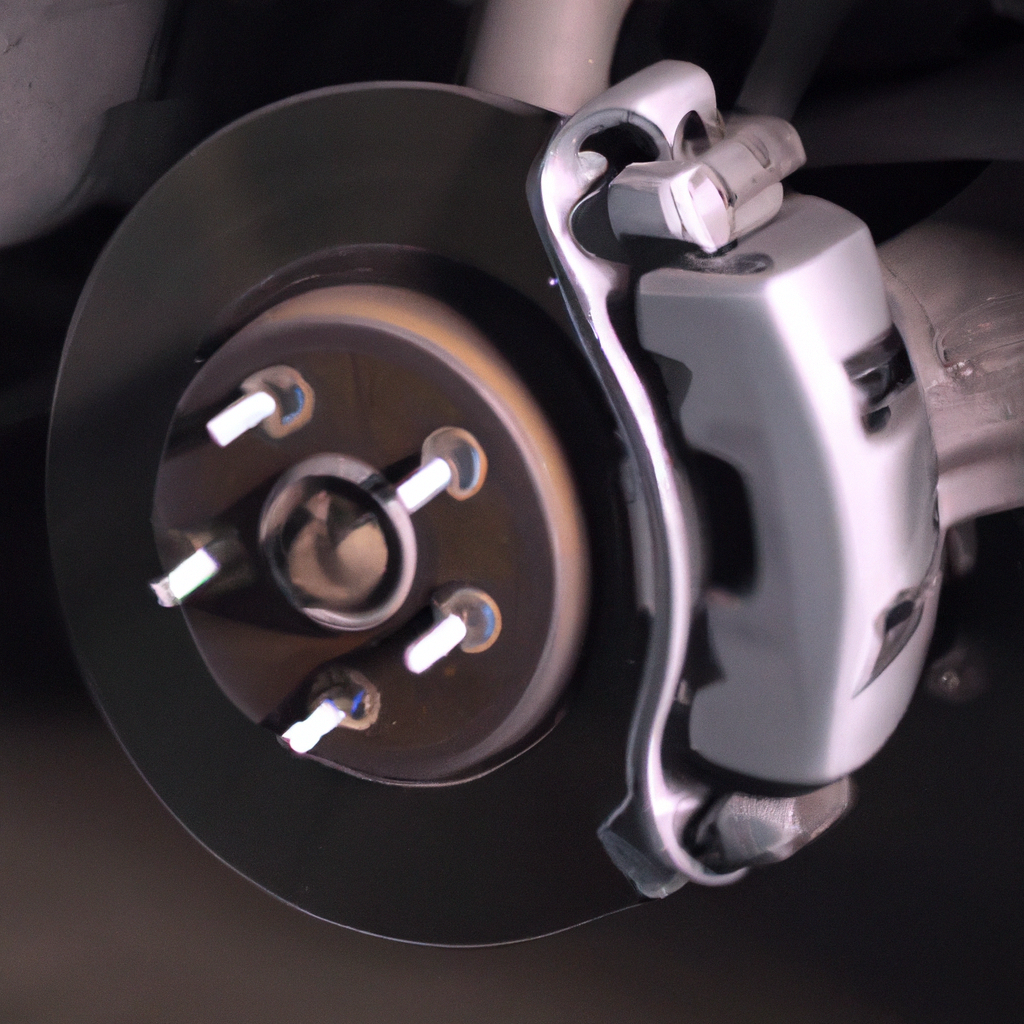Cars have become an essential part of our lives, and one of the crucial components of a car is its brake system. A car’s brake system is responsible for slowing down or stopping the vehicle, and it is crucial to ensure the safety of the driver, passengers, and other road users. In this article, we will discuss how a car’s brake system works, including the different components and types of brakes.
How Brakes Work
When you press the brake pedal, it activates the braking system, which slows down or stops the vehicle. The braking system comprises several components that work together to convert the kinetic energy of the car into thermal energy, which dissipates into the atmosphere. The friction produced during this process slows down the car.
Components of a Car Brake System
Brake Pads
Brake pads are the most critical component of a car’s brake system. They are small, rectangular-shaped pieces of metal that are lined with friction material. When you press the brake pedal, hydraulic pressure forces the brake pads against the brake rotor, causing friction that slows down the car.
Brake Rotors
Brake rotors, also known as brake discs, are a flat, circular-shaped metal component that attaches to the car’s wheels. When the brake pads come in contact with the brake rotors, they generate friction, which slows down the car.
Brake Calipers
Brake calipers are the components that hold the brake pads and force them against the brake rotor. They are typically mounted on the steering knuckle or the suspension system. Brake calipers work by converting hydraulic pressure into mechanical force, causing the brake pads to clamp onto the brake rotor.
Brake Fluid
Brake fluid is a hydraulic fluid that transfers the pressure from the brake pedal to the brake calipers. It is a non-compressible fluid that operates under high pressure, making it ideal for transferring pressure from the brake pedal to the brake calipers.
Types of Brakes
Disc Brakes
Disc brakes are the most common type of brakes used in modern cars. They consist of a brake rotor, brake pads, and brake calipers. When you press the brake pedal, hydraulic fluid forces the brake pads to clamp onto the brake rotor, creating friction that slows down the car.
Drum Brakes
Drum brakes are an older type of brakes that are still used in some cars. They consist of a drum-shaped brake rotor, brake shoes, and brake cylinders. When you press the brake pedal, hydraulic fluid forces the brake shoes to expand and press against the inside of the brake drum, creating friction that slows down the car.
Anti-lock Braking System (ABS)
An anti-lock braking system (ABS) is a safety feature that prevents the wheels from locking up during hard braking. It works by modulating the brake pressure to each wheel, ensuring that the wheels continue to rotate and maintain traction with the road surface. ABS is particularly useful in slippery conditions, such as wet or icy roads, where the wheels are more likely to lock up.
Conclusion
In conclusion, a car’s brake system is a crucial component that ensures the safety of the driver, passengers, and other road users. The brake system consists of several components, including brake pads, brake rotors, brake calipers, and brake fluid, that work together to slow down or stop the car. There are two main types of brakes, disc brakes and drum brakes, with disc brakes being the most common. Additionally, anti-lock braking systems (ABS) are safety features that prevent the wheels from locking up during hard braking. By understanding how a car’s brake system works, you can ensure that your vehicle is properly maintained and safe to drive.







